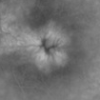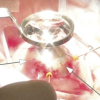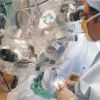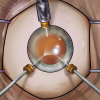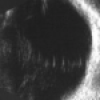An evidence-based approach to new retina surgery techniques.
We utilize state-of-the art surgical techniques and diagnostics, many of which we developed in our laboratory. We have a special interest in retina surgeries for hard to fix conditions like retinal detachment, epiretinal membranes, macular holes, optic pits, diabetic retinopathy, uveitis, proliferative vitreoretinopathy, and macular degeneration.
We routinely publish our advanced surgical methods and findings in peer-reviewed journals. Using a unique surgical database, we are able to rapidly identify the cause of surgical complications and modify techniques to fix and avoid them. This rigorous, evidence-based approach to surgery has enormous benefits to our patients.
In the laboratory, we have developed and tested novel wound construction for vitreoretinal surgery in infants and adults. We have also identified key molecules and gene variations that contribute to vitreoretinal disease.
Please contact us for a consultation or learn how to support our research programs.





